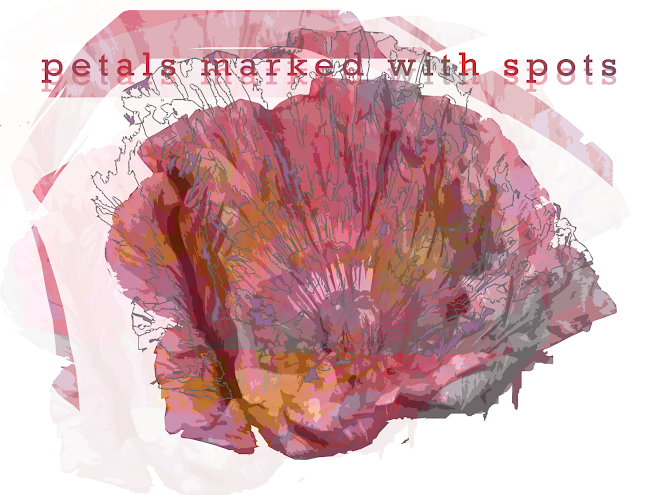The one book I did read on my list was Miranda Julys’ collection of short stories, No one belongs here more than you. Unfortunately, the first two thirds of the stories were told from tonally identical first-person points of view. These narrators were either child-like in their naiveté or slightly mentally slow and their stories hit exactly the same notes as they attempted to overcome emotional isolation and a lack of intimacy. This saminess was of serious detriment to the quality of the collection. However, Julys’ use of language is still very clever, and she describes everyday actions and character’s internal states with fresh and evocative imagery. I also should add that I thought the final story in the collection, “How to Tell Stories to Children” was fantastic, complex and (though I resent the use of the cliché) interestingly thought provoking.


One of my family’s summer holiday traditions (along with initiating piscine massacres, rowdy games of Pictionary, and gin and tonic drinking) is to collect all of the bumper, summer-special issues of trashy magazines (a form of media we all normally shun, hypocritical, we are). Within the first two days of being down the coast, my reading list was shipwrecked by the siren song of Who’s “Best and Worst of 2009: Your 180-page special collector’s edition”. Truly, who can resist scorning at the years’ celebrity fashion fails? Some of those outfits are like car crashes; they’re terrible and horrid, and you’ll be scarred by looking, but you just can’t turn away.
So, with all the pretences I have to being serious and literary destroyed by 180-page collector edition tributes to Michael Jackson and Lady Gaga’s sartorial (non) successes, I sought some redemption in Francoise Sagan’s first novel, The Unmade Bed. The Unmade Bed, it first appears, is a very standard, boy-meets-girl story. However, as the narrative progresses and the central characters flaws, complexes, vices, histories, fluctuating emotions and neuroses are revealed, Sagan writes an unconventional, engaging and human love story. Though I liked reading The Unmade Bed, I think Sagan’s earlier and shorter novellas, Bonjour Tristesse and A Certain Smile are actually stronger pieces because of their narrative brevity and more focused emotional intensity.
Failing to find the Carl Hiaasen novel I wanted, I ended up with a similarly toned New Zealand crime novel, Guerrilla Season by Paul Thomas (an appropriate title given that my coast house is at Guerrilla Bay). Thomas tells a witty, off-beat crime story with a plethora of outrageous but utterly convincing interrelated characters. Set in a wonderfully perceptive version of Auckland, Guerrilla Season demonstrates that New Zealand still certainly remembers the Rainbow Warrior and is possibly home to more people involved with international espionage than we ever would have guessed. Thomas’ prose is witty and fantastic, as this sentence, possibly my favourite in the book shows: “Tito Ihaka would’ve disliked the counter-terrorism expert Wayne Cramp at first sight but he didn’t see an point in waiting”.
Finally, I read Wilde’s The Picture of Dorian Grey. Somehow I justified that a late Victorian novel could replace my Russian classic, Anna Karenina (look people, they’re both classics? Straws, grasping, I know). Anyway The Picture of Dorian Grey was a Christmas gift that I felt very good about reading. Wilde’s use of language in the novel is beautifully opulent and evocative and like in his plays, he depicts the Victorian era with an acerbic and cutting wit. However, because of the unsteady and unbalanced pacing of The Picture of Dorian Grey, I feel that Wilde’s major achievement is still The Importance of Being Ernest. Furthermore, I like the fun that Wilde has in Ernest; and that particular kind of irreverent, naughty but very intelligent fun seems to be missing from Dorian Grey.
So that’s where I’m up to so far with my reading. I probably would have read more except for the time spent drawing things like “Reflex”, “Where” and “Bloody Mary” in Pictionary. These have been holidays well spent.
All for now, xx Esther






















